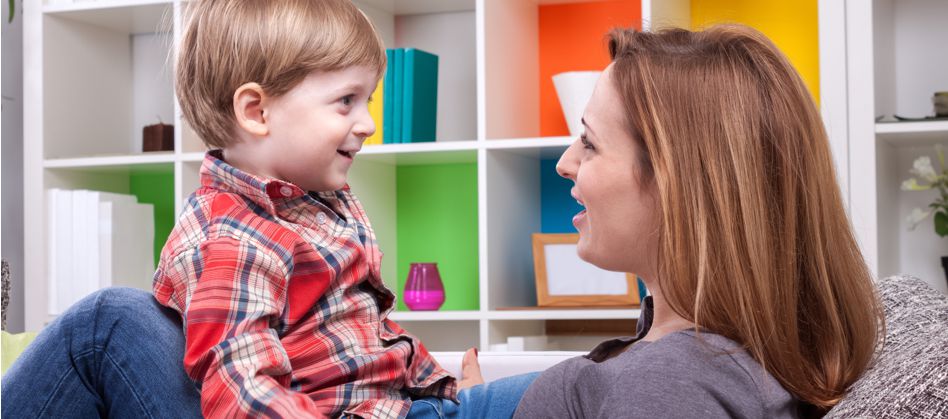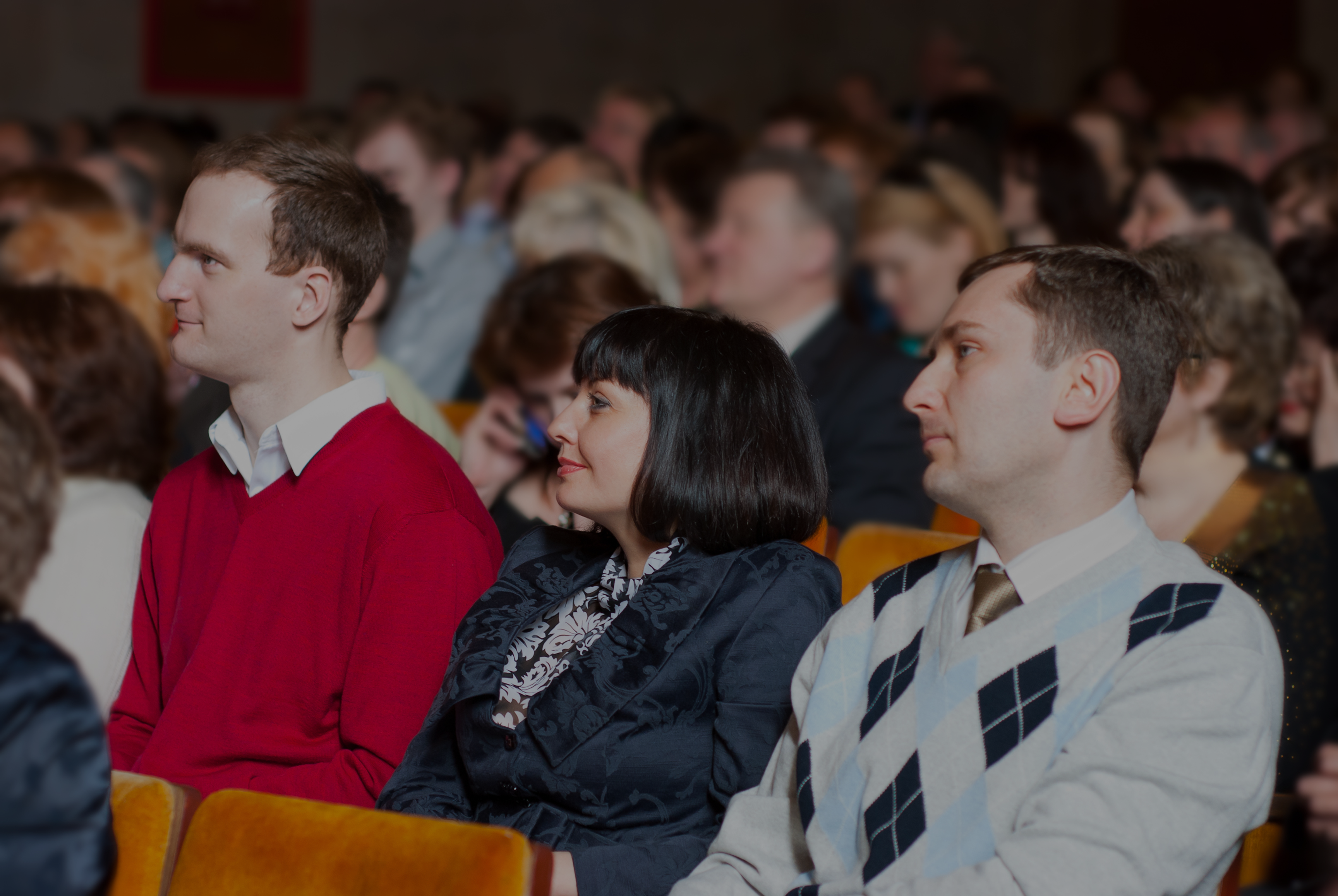Part 2 - Body Language

What You Do Speaks Louder Than What You Say
A Look Says More Than a Thousand Words
Body Language
LISTENING IN TO BODY LANGUAGE
Have you felt uneasy in someone's presence and you didn't know why? You may have felt nervous or even fearful, but it did not have anything to do with what they said. Some people call it 'vibes' or a 'sixth sense.' On the other hand, at the first meeting with someone, you may have felt close to them. You may have felt on the same page with them, and it lifted your spirits. Often it is the unconscious influence of a person's body language that elicits an emotional response from us.
Research suggests that 30% of the message we receive from a person is from what they say, but 70% of the message is through body language. Our body language has a significant impact on others, so we need to be aware, not only of the body language of others but our own as well. We might be telling others more about ourselves than we realise.
IT'S THE LITTLE THINGS THAT COUNT
Have you heard the saying, 'It's the little things that count'?' When it comes to body language that is so right! As described below, many factors combine to give impressions, some unintentional, some deliberate.
Even before they are out of the cot, children pick up on body language. Just watch a one-year-old respond differently to a smile compared with a frown. Just as young children manipulate their parents to get what they want so, adults do the same, and much of the manipulation is through body language.
MANY VARIABLES, MANY WRONG GUESSES
Reflecting on my life, I know I have done a pretty lousy job of guessing, through their body language, what others were thinking. More recently I realised I was not picking up on little, unspoken hints that said, 'I've heard enough. I need to get going.' We need to be extremely careful in attributing motives to someone's body language. True, we may be right some of the time, but what about when we are wrong? Many of us have shown disrespect in this way.
AMBIGUITY AND CLARITY
If oral language is often ambiguous, then body language is even more so. We continually give friend and foe mixed messages. We are really 'in the soup' when we interact with people from other cultures; their expectations are often different to ours. Even within a culture, there are many subcultures. Every family is a subculture in itself. What is our aim in communicating but to share ideas and information? Our experience has taught us that it is easy to misunderstand the messages we receive. Therefore it is our responsibility to make the accurate reception of our messages as easy as possible. By openness, clarity, honesty and respect, with verbal and non-verbal messages being in agreement, is thoughtful conversation characterised. There should be no agendas, no guessing, no controlling or manipulation.
THE BODY LANGUAGE SUPERHIGHWAY
Unfortunately, this superhighway of accurately received messages is more like a demolition derby, and the stream of correct information is blocked by assumptions, misinterpretations, disrespectful judgments and inattention. Let's travel down this 'highway' and have a look at some of the carriers that transmit the messages.
THE FICKLE FACE
The part of the body that sends the most messages is the face. The eyes, mouth, eyebrows and forehead work together to make expressions which in turn send signals. Even very slight alterations in one of these can confuse the message. Imagine what message a smile, together with a frown, would give. Mixed messages seem to be the flavour of the day in many circles.
THE EYES
Someone said that the eyes are the windows to our souls. In other words, they say more about who we are than anything else. Think of the many ways we communicate with our eyes without having to say anything. We can roll our eyes, squint, look up, close them, wink, avoid eye contact, stare, widen them or give them a blank expression. While keeping in mind the importance of the eyes in sending messages, let's consider the impact the rest of the body will have.
THE MOUTH
The mouth can be: puckered, thin, grinning, smirking, showing teeth in a smile or bearing teeth in anger. The mouth can also be grimacing, gaping open in grief or unbelief, or curling in disgust. Imagine, now, how many different expressions are possible using a combination of eyes and mouth. But wait, there's more!
THE EYEBROWS
A bit more limited than the mouth, the eyebrows can still be used to effect. Eyebrows can be used effectively to add emphasis to a message given by other body parts. Think about the effect of one eyebrow raised ever so slightly or two eyebrows raised as far as they can go. Eyebrows lowered or raised in the middle are very effective.
THE FOREHEAD
Here too we have many muscles we can manipulate to get a message across. Stand in front of a mirror and see how many ways you can wrinkle the skin on your forehead. What emotion does each wrinkle set portray? Make sure no-one is around when you do that. Now that we have four parts of the face involved, you can imagine the many possible combinations. Oh, yes! I Nearly forgot.
THE TONGUE
You can lick your lips in many different ways and even poke it out. Don't try that when your boss is around. Now things are becoming complicated.
THE NOSE
The nose doesn't come into play much unless you want to widen your nostrils together with wrinkling your forehead, widening your eyes and letting your mouth gape open if you unintentionally bit into a hot chilli pepper. Although some people who are angry or furious with flare their nostrils.
THE JAW
People are very observant; they will even take note if you grind your teeth or clench your teeth together. The little bulge going in and out near your ear will give you away every time.
THE HEAD
So to all the above you add the ability you have to orient your head in different ways; tilting it to one side, turning it away from the person to whom you are speaking, tilting it up to look down your nose at people or shaking it from side to side. How many combinations have we now? Has someone been counting?
THE TRUNK
That magnificent body of yours can be stooped or facing away from the person to whom you are speaking. It can be tilted forward or backwards or to one side. You can twist your trunk from side to side slowly or quickly, depending on what kind of impression you want to make.
THE ARMS
It is interesting to note that the farther away from the body the part of the arm is, the more effect it has on others, e.g. the fingers are more expressive than the elbow.
THE STANCE
Some people stand still while talking with others, some shift their weight from one foot to the other. Some even do a little 'dance' on the spot. Does it matter where you are pointing your toes? Unconsciously some people might point their toes toward people they favour. I've noticed that when couples are kissing, they tend to have their toes pointing towards each other.
BOUNDARIES
Most of us have physical boundaries we set for different people. Some we allow closer to us than others. We tend to feel uncomfortable, even threatened, if someone steps across our invisible boundary. It is rather humorous to watch a European speaking to an Australian. Australians have wider boundaries than Europeans, and so as the European steps closer to socially connect with the Aussie, the Aussie steps back to maintain his personal space. They do this little 'dance' until they learn to like each other or the Aussie has his back pressed hard against the wall.
MODES OF DRESS OR UNDRESS
The way we dress is part of our body language; it says a lot about us. The style, neatness, taste, cleanliness, modesty and appropriateness of dress says a lot about who we are. Jewellery, hats and tattoos are the same and add to the loudness of what our body language is saying.
MANIPULATION
Some people take an unfair advantage of others by the way they use body language. Body language can deceive, be flirtatious, coy or sexy. Neuro-linguistic Programming (NLP) can be a covert way to manipulate others into doing or believing in something they may not have done or believed in under normal circumstances. Covertly controlling other's emotions occurs in churches and businesses, but particularly in the sales industry. Some uses of NLP may be beneficial.
TOUCH
Casual touch during conversations can be innocent or manipulative. For example, I have seen some women reach out and touch a male stranger on the arm. I have also seen men slap each other on the back. Physical contact between close friends is usually acceptable and often appreciated, but we can easily alienate others through touch that they felt was inappropriate. To protect our reputations and show respect to others we need to consider how close we are to the person, whether we are confident that the individual is open to appropriate touch, and what message it would give to the person or to those observing.
PERSONAL HYGIENE
For obvious reasons, the impact of cleanliness on relationships is high, one way or the other. For the sake of your relationships and even sometimes your job, please pay attention to the hints that some of your friends and colleagues might drop. Prevention is better than cure, so it is good to ensure that you have good oral hygiene, a clean body, clean nails, clean hair and odourless feet.
THE BOTTOM LINE
The most important points to consider concerning body language are:
- Most of the message we give is through body language.
- Most of the message given through body language is unconscious.
- We can easily give the wrong message through body language.
- We can easily misread someone's body language.
- It is not respectful to manipulate people through body language.
- We can unknowingly offend people through our body language.
- We can comfort, show empathy for and support others through body language.
- We can show love, concern and kindness through body language.
- Let's use the power of body language for the benefit of others.
By
Richard Warden



